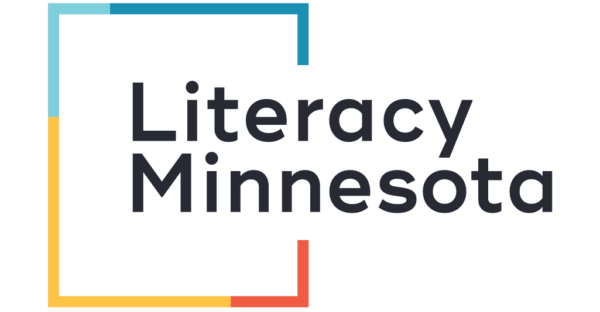- MN ABE Connect
- Archive
- Digital Navigation Survey Results
 May 17, 2021
May 17, 2021
Digital Navigation Survey Results
Charlotte Tjaden, Digital Navigation SpecialistLiteracy Minnesota recently conducted a survey to gather information about what digital navigation looks like in adult education programs around the state. The survey was intended to give more of an insight about what digital navigation services are already being provided and where programs may need more assistance. Through this survey we received 23 responses representing 18 different programs.
The survey focused on the eight components of digital navigation identified by Literacy Minnesota:
- assessing program and student needs
- assisting with device and internet access
- configuring devices and software
- providing training on devices and software
- providing ongoing digital literacy skill training
- tech support access
- wrap-around navigation
If you would like to learn more about the eight components of digital navigation, please check out this newsletter article.
Survey results
There were some general stats that caught our eye, such as the fact that 100% of programs surveyed were providing some degree of support with one or more of the components. In all programs, digital navigation tasks were spread out amongst staff (teachers, intake staff, etc.). The most commonly provided service is initial and ongoing digital literacy skill training. The least common is providing learners with internet access. We found that nearly 70% of the services were being provided by teachers and 30% were being provided by support staff or other program members. We also found that there was not a specific digital navigator that provided most or all of the components at any of the surveyed programs.
When breaking down each component, we found some interesting results that are helpful when deciding how to further assist or advise programs.
- Assess student and program needs:
- 52% of programs have some sort of intake process in place that asks specifically about digital literacy skills and needs.
- 30% of programs have specific staff to do intake assessments; in the remaining 70%, teachers are doing the assessments.
- Devices for learners:
- 78% of programs assist students with finding devices.
- 56% have a lending program for students to check out devices.
- 13% give devices to their learners.
- 17% refer learners to programs such as PCs for People.
- Internet for learners:
- None of the respondents reported providing free wifi access. Most refer learners to organizations such as libraries and low-cost providers.
- Configuring devices for learners:
- 69% of programs offer some sort of assistance configuring learners’ devices (installing updates, cleaning malware, downloading relevant software, bookmarking important sites, etc.).
- Most is provided as needed by support staff or teachers. Less than 10% have specific staff to do these tasks.
- Provide initial training on software and devices:
- 95% of programs offer initial software and device training; the remaining provide assistance on an as-needed basis.
- 34% offer this through specific digital literacy skill classes.
- Provide ongoing digital skills training:
- Nearly 85% of programs offer some sort of ongoing digital skill training.
- Tech support:
- In 83% of programs, tech support is provided by teachers or distance learning staff.
- 38% had specific IT staff to assist with the support.
- Wrap-around navigation:
- All programs reported assisting learners on an as-needed basis.
If you have questions about the survey or you are interested in learning more about digital navigation please contact the digital navigation specialist Charlotte Tjaden [email protected] or the training director Rob Podlasek [email protected]

Newsletter Signup
Get MN ABE Connect—the official source for ABE events, activities, and resources!
Sign UpArticle Categories
- ABE Foundations/Staff Onboarding
- ACES/Transitions
- Adult Career Pathways
- Assessment
- CCR Standards
- Citizenship
- COVID-19
- Cultural Competency
- Digital Literacy/Northstar
- Disabilities
- Distance Learning/Education
- ELA
- Equity/Inclusion
- ESL
- HSE/Adult Diploma
- Listening
- Math/Numeracy
- Mental Health
- Minnesota ABE
- One-Room Schoolhouse/Multilevel
- Professional Development
- Program Management
- Reading
- Remote Instruction
- Science
- Social Studies
- Speaking/Conversation
- Support Services
- Teaching Strategies
- Technology
- Uncategorized
- Volunteers/Tutors
- Writing